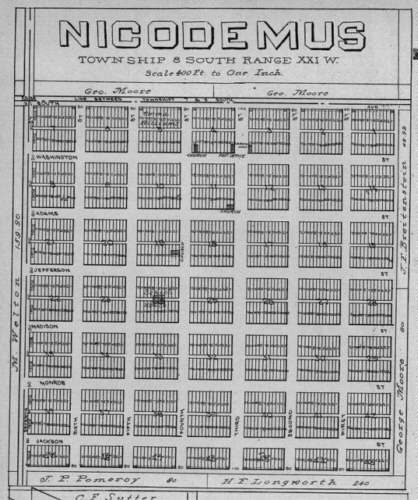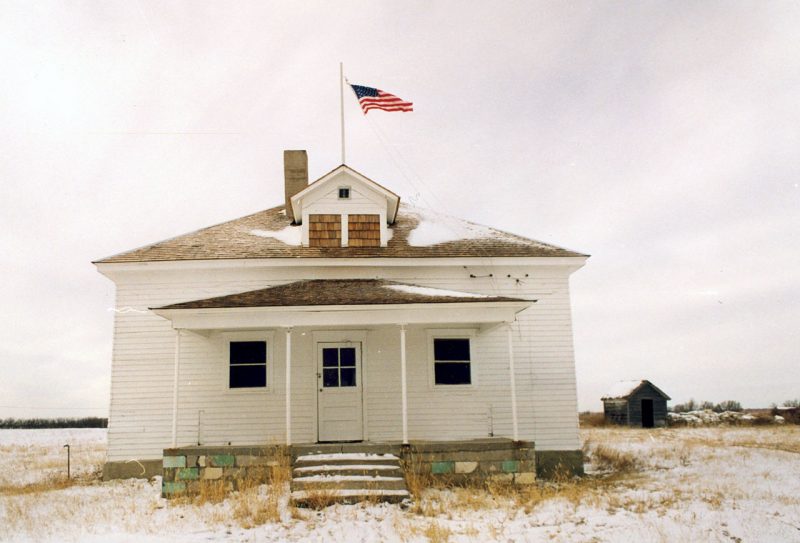The 1870s were a difficult time for African Americans in the U.S. Even though the Civil War was over and the South was now “reconstructed,” many African Americans were still living in poverty and oppressed socially, economically, and politically.
A white man named W. R. Hill talked about a “Promised Land,” as he called it, where African Americans could live in peace. What W. R. Hill promised them was a wild land with wild horses and, most importantly, a chance for many to own land and a home. This Promised Land was called Nicodemus, Kansas.
Hill himself laid the plans for this town in 1877. Hill was a land developer and together with W. H. Smith, he formed “Nicodemus Town Company.” Smith was the president of the company while Hill became the treasurer.

The town, bearing the name of a man that was a slave himself, became a mecca for black refugees. The first man to arrive at this land was the Reverend Simon P. Roundtree. It was June 18th, 1877, when he appeared. And so a town was born. Flyers and pamphlets started circulating, often distributed by Reverend Simon P. Roundtree and Benjamin “Pap” Singleton, an ex-slave and carpenter.
The irony was the Pap could neither read nor write but nonetheless received the moniker of “Moses of the Colored Exodus” and the town was called the “Western Eden.” One by one, the families arrived in Nicodemus and in 1877, Mr. and Mrs. Williams had a child, the first to be born in Nicodemus.
But the Land of Promise was anything but, for the weather conditions were cruel and the new settlers lived in dugouts, but nonetheless, the Exodusters managed to survive winter thanks to Osage Indians, who helped generously with both firewood and food.

Once spring came, more African Americans arrived in spite of the harsh conditions. Twenty years before the turn of the century, Nicodemus numbered around 500 residents. In time, a bank was opened as well as a couple of hotels, a drug store, and three general stores.
By 1887, there were new churches erected in Nicodemus as well as an ice cream lounge, a law office, and even a baseball team were formed. There was a possibility for a railroad to be constructed that would stretch from Stockton to Nicodemus.
However, it was eventually decided that a railroad would be built south of the River Solomon. This was a heavy blow for Nicodemus, for now, businesses left the town and headed towards the Union Pacific Railroad camp–a community that would later grow into the town of Bogue. This meant that Nicodemus was now facing a decline in population.

The town managed to keep together over the years, but once the Great Depression happened and times became harder, Nicodemus’s population fell to 40 people. At this time the town received financial help from Federal Land Bank, but this did not halt the decline of the town, and in 1953, the post office closed its doors. No more then seven years later, the school did the same.
But all was not lost. In the 1970s, the town went through a serious overhaul that saved it from complete abandonment. Donations were made from different parties and ex-residents, and in 1976 the town became a National Historic Landmark. A new water tower was erected as well as new houses. Much of the town streets were also revitalized, and thus Nicodemus was saved from the hand of time.
Read another story from us: Saltford Manor: The oldest inhabited private house in England
To this very day, the town of Nicodemus is still standing proud and serves as a home for a number of festivals and events that attract thousands of people from all across the United States.
